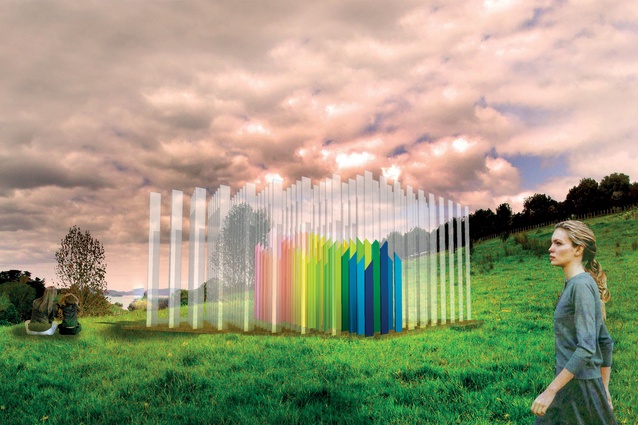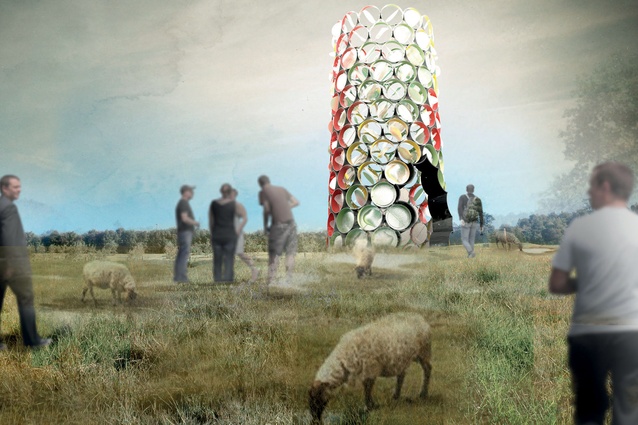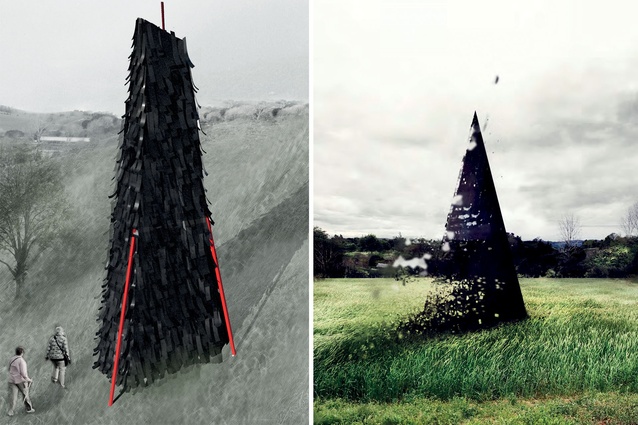Brick Bay follies announced
The Brick Bay Sculpture Trust, Resene, Architecture New Zealand magazine and Unitec invited architects, architectural students and graduates of architecture to propose large-scale projects and installations that explore contemporary interpretations of the architectural folly, which was especially popular among the Romantics of the 18th and 19th centuries.
The objective of the award is to support young and emerging architects, or students in accredited New Zealand architecture programmes, to explore the intersections between architecture and sculpture, and the increasing overlaps in references, concepts and techniques between the two disciplines.
The finalists are: Belly of the Beast, designed by Declan Burn and Matt Ritani; Ceci n’est pas une Maison by Magdalena Garbarczyk; Future Folly by Alexander Sacha Milojevic and Raphaela Rose; Monomyth by Barrington Gohns; and Redessence, designed by Matteo Garbagnati and Gabriela Kopacikova.
Burn and Ritani suggest that their Belly of the Beast proposal is “a prickly cousin of the Brick Bay tower”. While the folly’s references are many, a Ma-ori cloak perhaps, this large tower form is covered in tyre tread shingles, giving it the shaggy appearance of a beast. The scheme utilises a sustainability ethos of ‘materials in transit’ meaning all components of the proposal continue on to second lives.
Milojevic and Rose’s Future Folly explores the contemporary idea of the ruin in the ‘fast pace’, offering “a skeletal, expanded structure: a husk of redundant low-tech detritus ‘prepared’ as an environmental sound installation. Their proposal is stacked with repurposed 44-gallon steel drums into a 100-cubic-metre cylindrical tower, working both as “an object to be viewed and as a viewing ‘machine’ reflecting and refracting light by its discs like a sequined gown”.
Garbarczyk’s Ceci n’est pas une Maison, translated as ‘This is not a House’, challenges typical architectural expectations by offering a multifaceted installation which refers to the paradox of representation. Thoughtfully assembled acrylic strips and Resene colours create the illusion of space rather than space itself, resulting in “a ‘house of colour’ that appears, disappears and morphs into different shapes depending on the visitor’s point of view and distance from the structure”.












